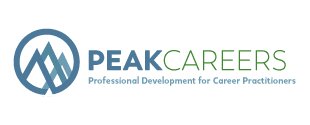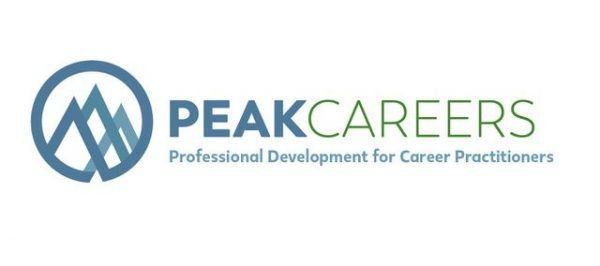Do you have clients who are stuck in the job search?

I’m sure you do. Here is one way to help nudge them and hopefully create some excitement to move forward. When I have a client who is stuck in the job search I have them create a list of 50 companies they could see themselves working for or would like to explore working for them.
Oftentimes, clients feel overwhelmed with where to start, confused, can’t see themes to explore in their job search, or for whatever reason, are just plain stuck in the job search process. By having them create a list of 50 companies to explore, they can then begin doing some research, reaching out to their network, and exploring…and it feels like forward progress. Because it is.
LIST 50 COMPANIES
The goal is to simply list 50 companies and not spend more than 5 minutes or so on any one site. Encourage them to trust their instincts and let “intentional serendipity” be their guide. “Intentional serendipity” is taking action, doing something like exploring the below website, and then be open to discovering something by accident.
Start by exploring sites similar to Best Places To Work in Maine. Most states, regions, and even cities will often have this list. I like people to begin here because most of these companies will have positive work cultures. Many clients I work with are very unhappy with their company culture or their boss and it can be difficult for them to see the positive in their career search.
Other great sites to check out might be GlassDoor.com, Indeed.com (who’s hiring), and search ‘best companies to work ____’ and see what suggestions come up below that search. My search came up with ‘best companies to work remote, part-time, and freelance’ and many others. Trust those instincts. They kept cave men alive over the years.
Go through their LinkedIn 1st connections and look for people who might be doing work that interests your client. See where these people are working, or worked. Of course, they can add any company they know of that interests them.
The goal is to get 50 names of companies, as quickly as possible, on to a list.
NOW RATE THEM
After producing a list of 50 companies go back and rate them:
1 – I really like these
2 – Seems like a nice place to work
3 – I’d like to know more about these companies
Rate between 10-15 companies a #1 and 10-15 companies a #2.
They now have 10-15 companies #1’s to start with and do additional research. Help them set a goal of researching at least ____ number of their #1’s each day or week. By limiting the number it becomes manageable.
BEGIN RESEARCHING
Start with the #1’s and go to their website and social media sites. In a career journal begin taking notes. At this point, try not to spend more than 15 minutes on each company.
- What industry is this in?
- Which values align with them?
- Are they growing? Declining in their field?
- What jobs interest them at this company?
- Who in their LinkedIn network is a 1st or 2nd connection, that works there currently or worked there in the past? [Go to the search box, don’t put any text in, just ENTER. Click on “all filters”]
- Do any of these companies have anything in common? Is there a theme?
The goal is to identify the top few companies to begin further exploration. Maybe the top 3-5 so they can get some momentum going and to not be stuck in the job search anymore.
STRATEGIC CONVERSATIONS
Now have them reach out to people who work there or did in the past. Ask for 10-15 minutes of their time. This is always easier if they are ‘warm connections’ like 1st connections or people they know. Have them start simple and stay focused.
- What do/did they like about working there?
- Was there anything they didn’t like about the company? Or wished had been different?
- Is/was there an opportunity to grow?
- Where would your client’s skill set fit into the company? (Of course hopefully, this is one of the areas you are working with them on articulating)
- Are there similar companies they could recommend?
- Are there any people they should talk to and can they connect them?
After this, they can continue to all their #2’s and #3’s on their list of 50. The key is to break the process down into something manageable that helps them gain an understanding of what the options are out there. This will also help them focus their efforts. When you have 1000’s of companies to explore it is hard to begin. By narrowing down the list they can then prioritize. Once they identify top companies they can start paying attention to them on social media, follow them, and continue to learn more about opportunities.
It really is about effort and forward progress. “Action” is where intentional serendipity happens and sometimes it is the little things that can help someone get unstuck in their job search.
What do you do to help your clients who are
stuck in the job search?
———————————————
Jim Peacock is the Principal at Peak-Careers Consulting and writes a monthly newsletter for career practitioners. Peak-Careers offers discussion-based online seminars for career practitioners focused on meeting continuing education needs for CCSP, GCDF and BCC certified professionals as well as workshops for career practitioners and individual career coaching.
Sign up here to receive my TOP 10 TIPS WHEN WORKING WITH AN UNDECIDED PERSON. You can also receive the career practitioners newsletter which includes a variety of career topics, industry news, interesting events, and more.




